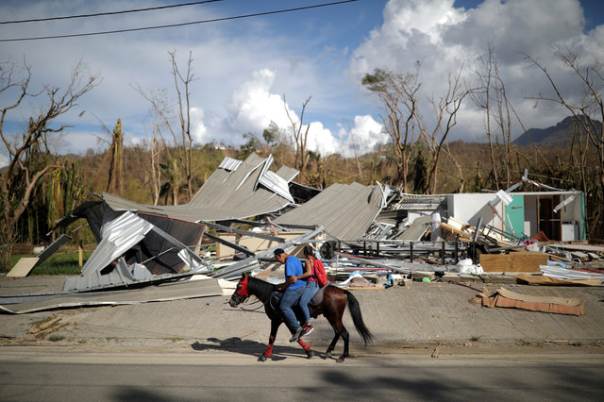Creating Green Jobs: Building a Cleaner Transportation Future
/Driverless shuttle, Photo credit: Laura Oda, East Bay Times
by Justine Burt
The primary way we move people and goods around is expensive, polluting and creates maddening traffic congestion in metropolitan areas. Transportation doesn’t have to be this way. With an eye to the potentially disruptive forces on the horizon, we should be investing in green jobs that will build a cleaner and more efficient mobility network.
Vehicles are expensive
Owning a car costs more than many people think. According to a Department of Transportation report called California Transportation Plan 2025, when you add up monthly car payments, gasoline, oil, insurance, maintenance, licensing and tolls, a passenger vehicle for one year will run:
- $8,100 in Los Angeles
- $9,100 in San Diego
- $9,500 in San Francisco
Vehicles are polluting
Of all the sectors that contribute greenhouse gases in California, the transportation sector is the largest.
Source: California Air Resources Board
Within the transportation sector, Light Duty Vehicles (vehicles that weigh less than 8,500 lbs.) make up a majority of the vehicles in this sector. Transitioning away from single occupancy, internal combustion engine vehicles is one of the most useful things we can do to reduce greenhouse gas (GHG) emissions.
Considering the expense, pollution and the fact that personal vehicles sit idle most of the time, there are better and cheaper ways to move people and goods around than having everyone own their own vehicle. This sector is ripe for disruption.
Disruption is on its way
The transportation sector is widely predicted to change dramatically in the next decade. This change has to do with who is driving. In 2014, 4 million people worked in the U.S. transportation sector:
- 1,797,000 truck drivers
- 1,330,000 delivery vehicle drivers
- 665,000 bus drivers
- 233,000 taxi and limo drivers
Self-driving vehicles are widely predicted to be a massive job killer in the near future. Lyft and Uber have plans to purchase self-driving cars to replace drivers. Budweiser made the first driverless beer delivery in 2016.
Driverless Budweiser beer delivery - Photo credit: Otto
However, concerns that self-driving trucks will throw millions of truck drivers out of work may or may not be warranted. Given that there is a shortage of eligible truck drivers, the average age of a truck driver is 49, and the industry claims that 88% of applicants are deemed “not qualified,” the potential for self-driving technology to augment rather than replace a pool of eager potential truck drivers seems more likely.
Disrupting the current transportation system to work better
Currently, transporting people and goods between regions, within regions and locally happens mostly in fossil fueled vehicles driven by one person. People pay a sizeable portion of their income to own and maintain their own vehicle when they only use it for a fraction of the day. What we really need is the service of mobility.
Mobility as a Service (MaaS) describes a shift away from personally-owned modes of transportation and towards mobility solutions that are consumed as a service. Wouldn’t it be great to open an app on your phone, type in your destination, see the most time-efficient combination of public and private transit options, and in three minutes have a vehicle pick you up to start the first mile of your journey? For this to happen, we need to build out a more robust transportation infrastructure to support high speed rail, commuter trains, bus rapid transit, electric vehicles, electric scooters, bicycles and pedestrians. Developing this infrastructure will create the following jobs.
1. Mobility as a Service - This system is data intensive and requires software applications that collect, organize and deliver timely data to help people and goods move around efficiently. Jobs needed: app developers, big data analysts
2. Bus Rapid Transit (BRT) – For buses to serve as rapid transit vehicles they need their own lane, to have elevated platforms where riders can pay before boarding, and the ability to quickly load passengers. Jobs needed: transportation planners, platform construction engineers and workers, mechanics and drivers
3. High-speed rail – Japan, China and Europe have efficient and extensive high-speed rail infrastructure for travel between metropolitan regions. The U.S. should invest in mass transit infrastructure like high speed rail to give people less carbon-intensive options for interregional travel. Jobs needed: transportation planners, construction engineers and workers, mechanics and drivers
4. Commuter rail – Commuter trains should provide more frequent service to reduce the amount of time needed to travel, especially for people who commute using more than one transit mode. Jobs needed: transportation planners, mechanics and drivers
5. Electric vehicle charging infrastructure – California has been building out the infrastructure to charge electric vehicles but the current network needs further development to address the range anxiety of current and potential electric vehicle owners. Jobs needed: charging station construction workers and people to set up payment programs
6. Bicycle infrastructure – Suburban cities and towns need to invest more in bicycle infrastructure so people who currently bicycle to work or run errands are safer. Better cycling infrastructure will also reassure people who cycle infrequently that they will feel safe when cycling. Jobs needed: cycling infrastructure planning and construction, bike-sharing system development, bicycle maintenance
Separated bike lane in New York City, Photo credit: Justine Burt
7. Pedestrian-friendly infrastructure – To retrofit suburban areas for pedestrians will require construction of sidewalks, safe roadway crossings and clear signage. Jobs needed: transportation planners and construction workers
Building out this infrastructure will require public and private investment. Our parents and grandparents invested in the U.S. interstate highway system, airports and railroads. Now it’s our turn to invest in a 21st century transportation system that creates jobs, is safer, reduces our dependence on foreign oil, improves air quality, and reduces the emissions that contribute to climate change.















